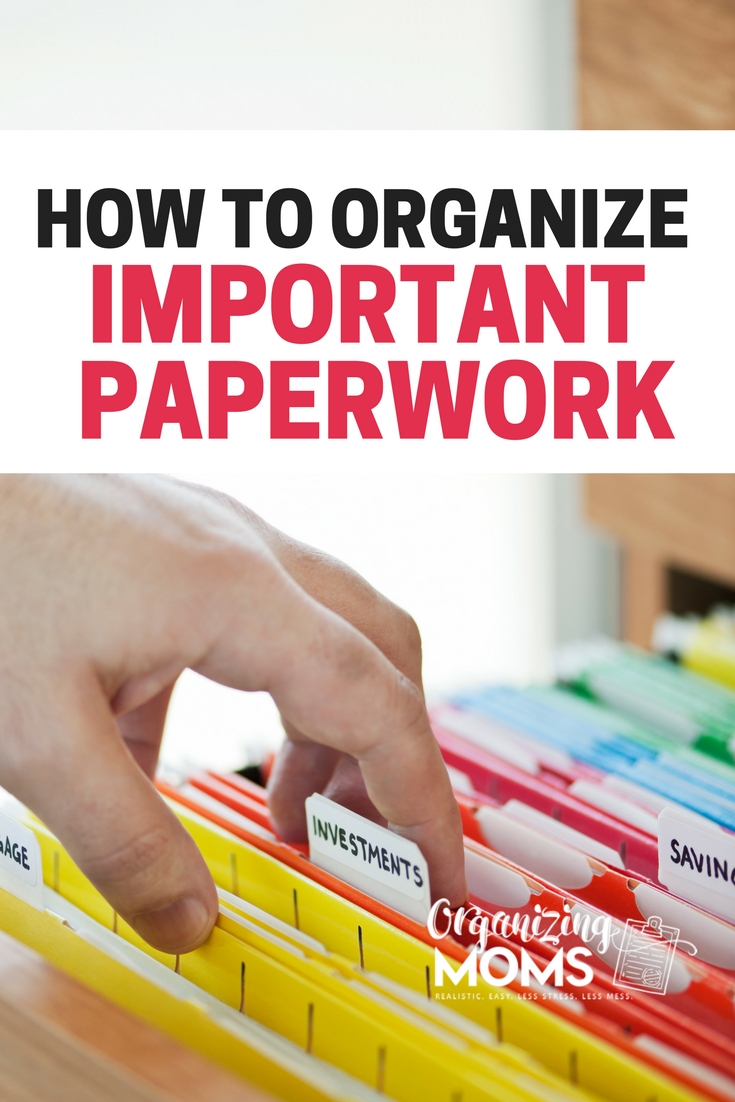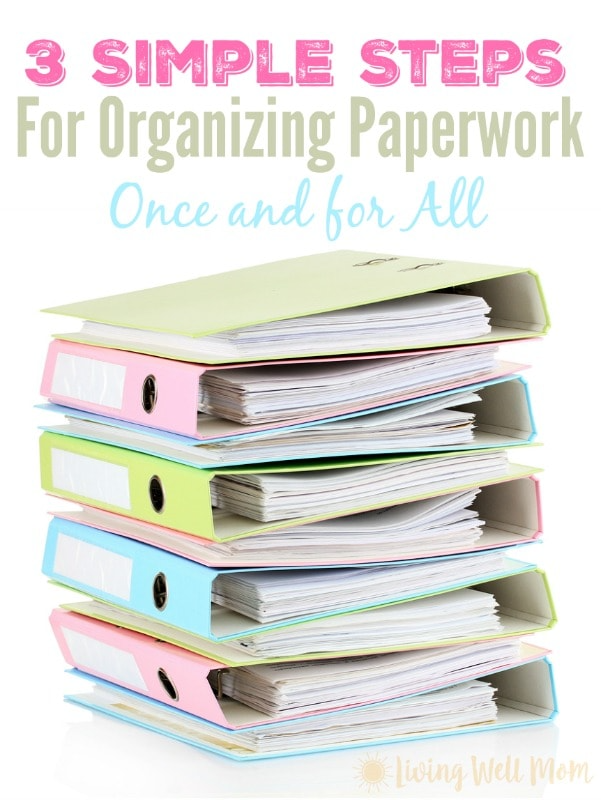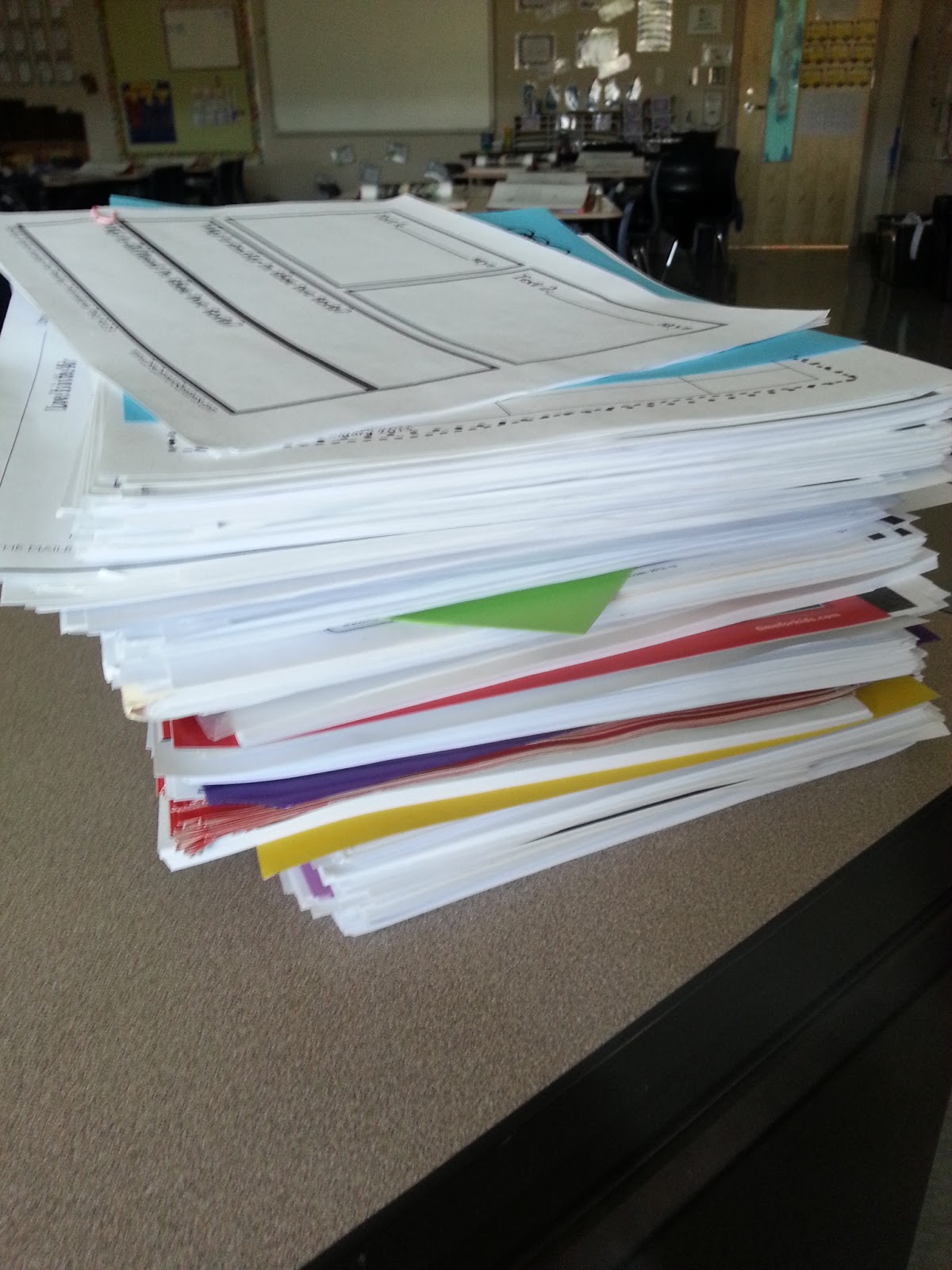5 Essential Tips for Teachers to Organize Paperwork

In today's fast-paced educational environment, managing paperwork efficiently is a critical skill for teachers. From lesson plans to student evaluations, and administrative documents, organizing these documents can significantly impact both productivity and teaching effectiveness. Here are five essential tips for teachers to streamline their paperwork organization.
1. Digital Document Management

Transitioning from paper to digital can revolutionize how teachers handle their workload:
- Cloud Storage: Utilize services like Google Drive or Dropbox to store lesson plans, student work, and administrative documents. Sharing becomes simple, and you can access documents from any device.
- Document Scanning: Scan physical documents into digital formats. Scanners or scanning apps on smartphones can help reduce the clutter of paper documents.
- Online Collaboration Tools: Use platforms like Google Classroom or Microsoft Teams for collaborative projects, real-time document editing, and virtual meetings.
🌟 Note: Always back up your digital files to prevent data loss. Consider using an external hard drive or a secondary cloud service.
2. Effective Filing System

Even with digital solutions, physical documents require attention:
- Label Clearly: Use color-coded labels for quick identification. Categories might include Lesson Plans, Student Records, and Administrative.
- Regular Review: Set time to review and archive old documents. If it’s not needed in the current year, archive it or shred it.
- Folders or Binders: Keep active documents in binders or folders that are easily accessible. Use an index or tab system for immediate retrieval.
3. Develop a Daily Routine

Creating a habit of organization can prevent chaos:
- End of Day Routine: Allocate the last 10-15 minutes to organize the day’s papers, sort out what can be filed or recycled, and prepare for the next day.
- To-Do List: Keep a daily to-do list with paperwork-related tasks to ensure you stay on top of filing, grading, and administrative duties.
📅 Note: A consistent routine will help you manage your time effectively, reducing stress and increasing efficiency.
4. Prioritize and Categorize

Not all paperwork requires the same level of attention:
- Urgency and Importance: Categorize documents by urgency. Immediate action items go at the top of your list, while less urgent tasks can be scheduled later.
- Student-Centered Approach: Organize student work by student, subject, or date to make retrieval and assessment easier.
5. Implement Time Management Techniques

Efficient time management can streamline the organization of paperwork:
- Pomodoro Technique: Use the Pomodoro Technique to focus in short bursts with regular breaks, helping to stay focused on organizing documents.
- Batch Processing: Group similar tasks together. For instance, dedicate a block of time for grading, another for lesson planning, and so on.
By adopting these strategies, teachers can reduce the overwhelming nature of paperwork, leading to a more structured and productive educational environment. The digital transition, combined with practical physical organization, daily routines, prioritization, and effective time management, provides a holistic approach to paperwork management. This not only frees up more time for teaching but also enhances the overall educational experience for both teachers and students.
How can I ensure the security of my digital documents?

+
To ensure the security of your digital documents, use strong passwords, enable two-factor authentication on your cloud storage, and regularly update software to protect against vulnerabilities. Additionally, back up important documents to multiple locations.
What is the best way to manage paper documents before transitioning to digital?

+
Sort your paper documents into categories like ‘To Be Digitized’, ‘Archive’, ‘Shred’, and ‘Recycle’. Scan and organize digital versions as you go to keep the process manageable.
How can I keep track of deadlines for administrative tasks?

+
Use digital tools like Google Calendar or Microsoft Outlook to set reminders for upcoming deadlines. Keep a physical planner or a dedicated notebook as a backup for crucial dates.
What strategies can I use if I’m overwhelmed by my current paperwork?

+
Start by tackling the most urgent tasks first, breaking down the rest into smaller, manageable tasks. Implement time management techniques like the Pomodoro Technique or block scheduling to regain control over your paperwork.



